How smart are parrots?
10,000 Birds
OCTOBER 21, 2014
Parrots are smarter than Nebo the dog. Bwana Ndege’s African Grey Parrot had fooled the dog again. It happened several times a day as long as the Parrot was alone on the porch and things were quite. The parrot always laughed. Yes, parrots are smart. “Nebo.” “Nebo.” “Nebo.



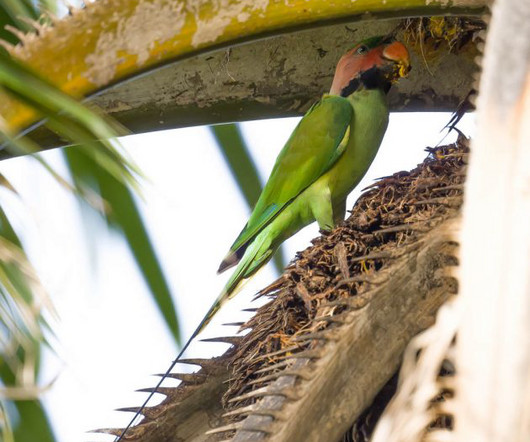





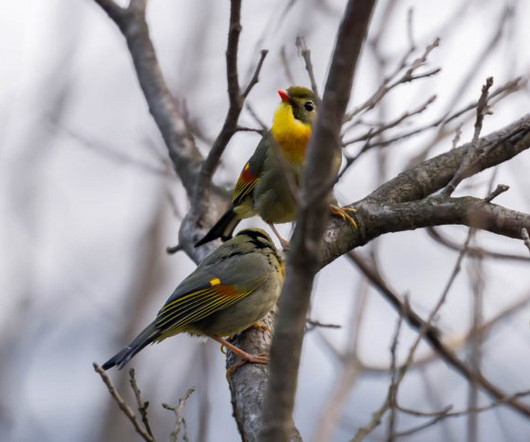





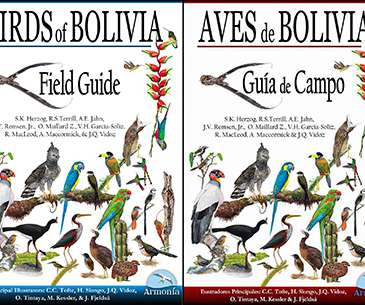




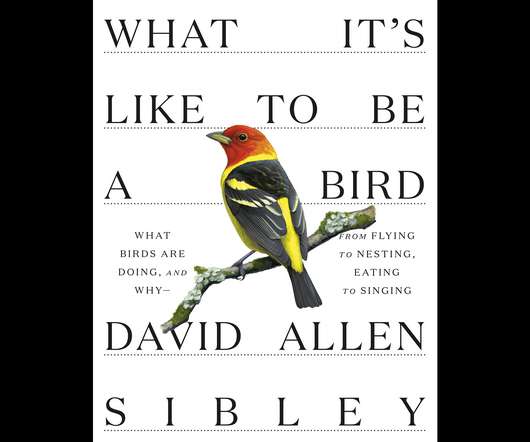
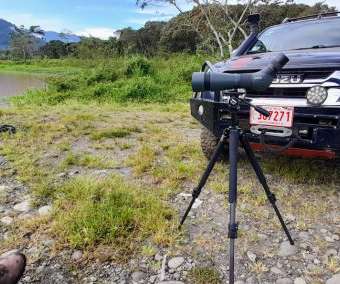
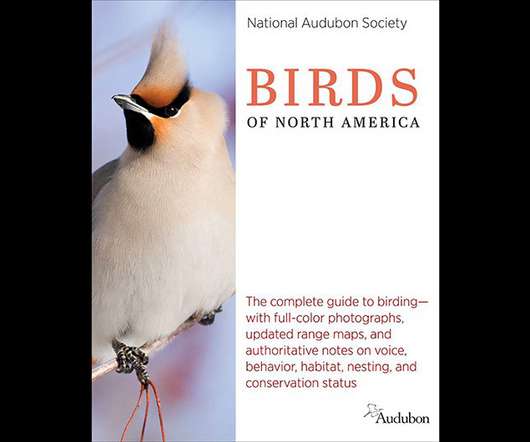


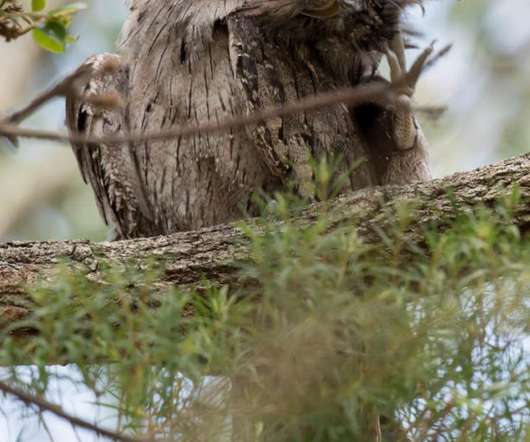
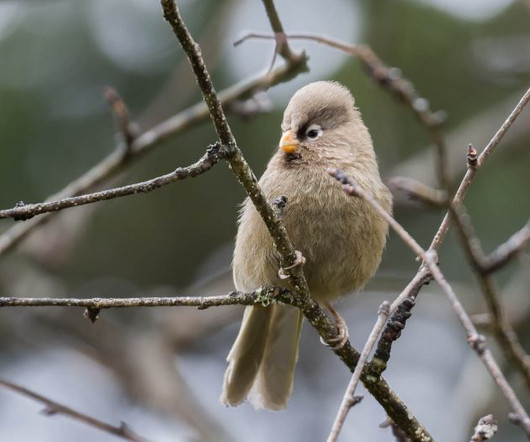
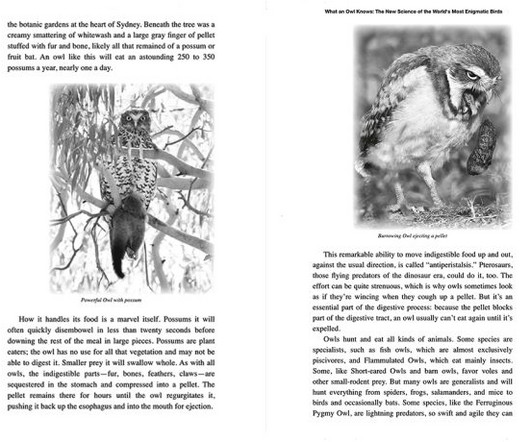






Let's personalize your content